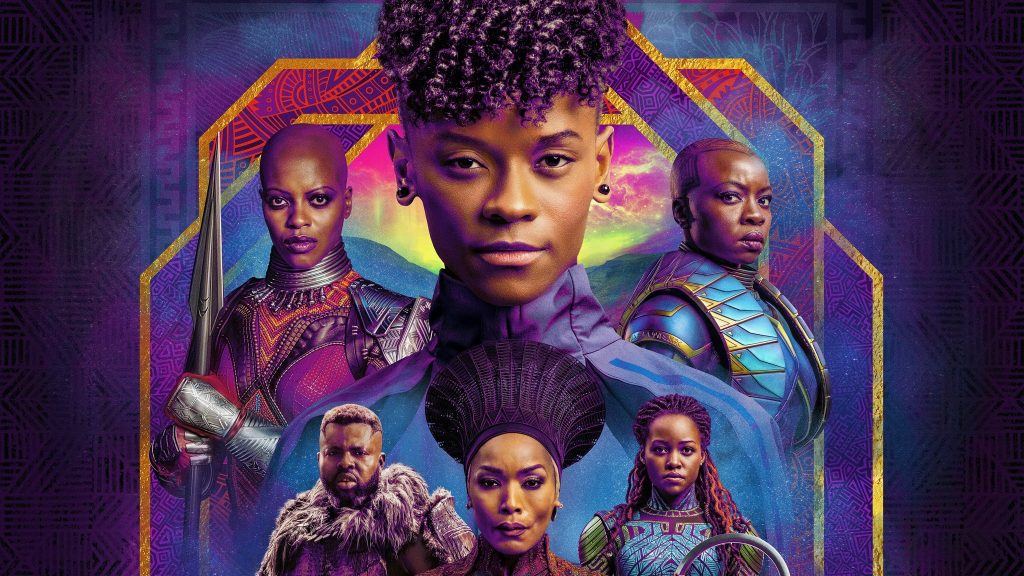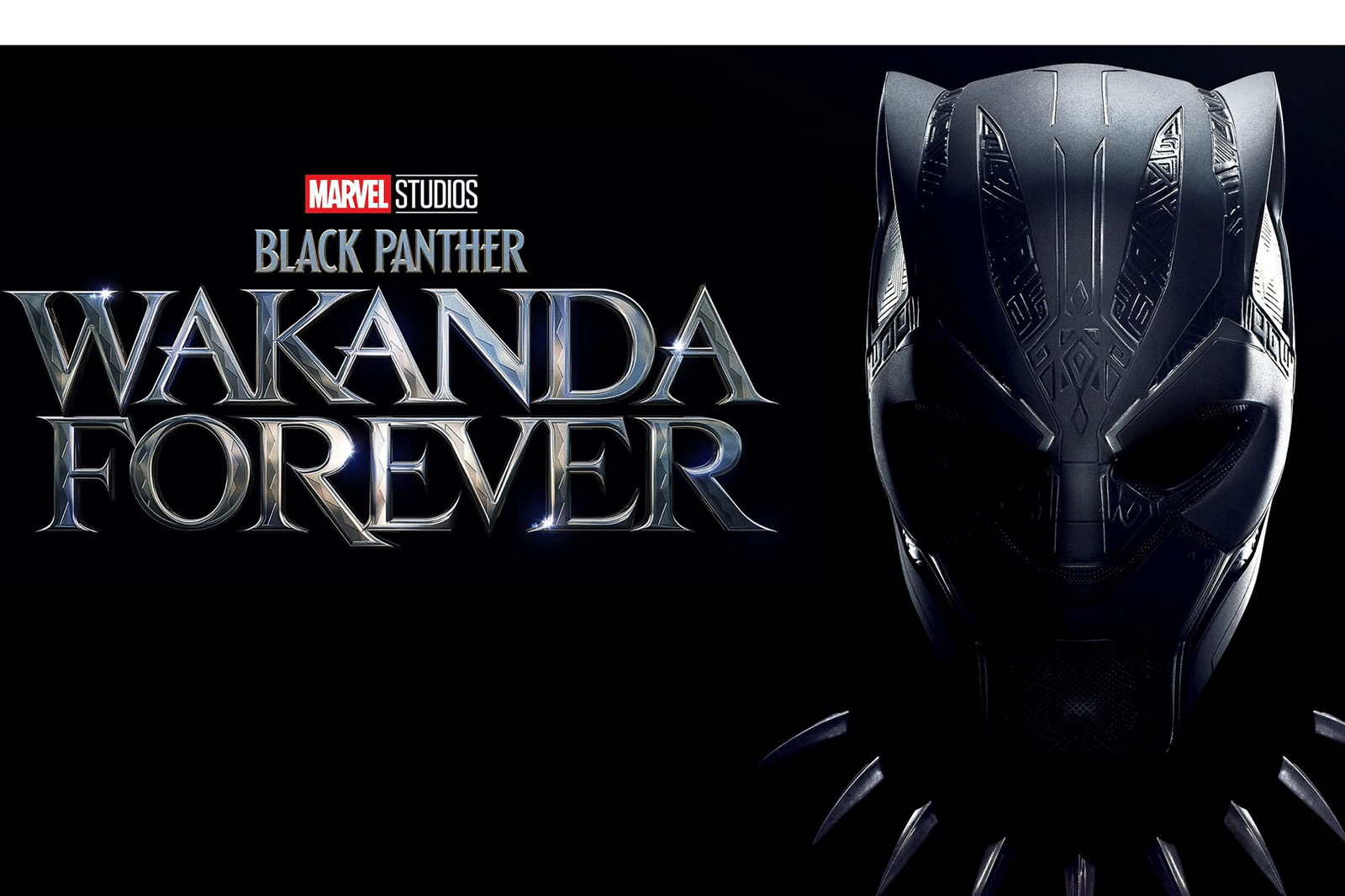I had two questions going in for “Black Panther: Wakanda Forever.”
1. How would they honor the memory of the late Chadwick Boseman, who played the Black Panther in four previous films?
2. How would they determine a successor as the Black Panther?
I can report that in addition to the normal honorarium at the conclusion of the film, Boseman is nicely remembered in the Marvel logo shown at the beginning of the film. Director Ryan Coogler makes no pretense in handling the issue of his star’s unfortunate too-early death but incorporates it into the film from the very first moment, an emotionally charged scene as Shuri (Letitia Wright), the sister of the Black Panther, King T’Challa, desperately tries to find some way to save his life from an unexplained illness.
This scene is important for not just resolving the question of what happens to the Black Panther in the context of the storyline, but also for changing the character arc of Shuri. In the first film, she came across as cocky; in this film, she is more grounded, a maturation that feels natural and evolutionary. As the only sibling of the Panther, it is to be expected that Shuri takes on a greater prominence in the sequel. In many ways, the fate of the franchise depends on whether Shuri can become a character of sufficient depth and assurance to hold the audience in the way that the charismatic Boseman did with such ease.
Wakanda and Queen Ramonda (Angela Bassett), its new leader upon the death of King T’Challa, is under intense pressure from the global community to share its prized resource, vibranium. When Queen Ramonda refuses, the global community attempts to steal it and even mine it in the ocean, which attracts the interest of an underwater nation called Talokan, led by the warrior Namor (Tenoch Huerta), which also controls a significant store of vibranium.
Concerned about the world gaining access to vibranium, and potentially threatening his people, Namor first tries to convince Ramonda to enter into a security pact with his nation, and when that fails, threatens Wakanda with war unless Ramonda and Shuri obtain for him the scientist who developed the vibranium-detecting equipment.
There are many threads to this tale that go off in different directions, including the kidnapping of Shuri, the attempted assassination of the scientist, the demotion of General Okoye (Danai Guria) after she is unable to protect Shuri, the recruitment of the retired Nakia (Lupita Nyong’o) and the intelligence-gathering of the Wakanda-friendly US operative Ross (Martin Freeman), all of which lead to spectacular action set-pieces in the U.S., on a U.S. destroyer and in a besieged Wakanda.

The performances in the film are mostly first-rate, most especially by Wright. Of all the characters in the “Black Panther” series, it is her Shuri who has grown to become the most interesting, a progression that really begins from that first scene when she is frantically trying to save her brother’s life and mourns his passing. As the film develops, Shuri matures quite gracefully before our eyes, and it is Wright’s subtle and compelling performance that makes this happen.
However, the central villain Namor never quite rises to truly villainous territory. I’m not sure if this was Huerta or Coogler’s doing. It seems that Coogler was intent on making Namor a rational actor, and while in a straight dramatic film that would be an expected choice, in a fantasy film which, after all, operates in a whole different universe than straight drama, the villains are much more compelling when they have a touch of megalomania in them, as Killmonger did in the first film. Namor is a far more “realistic” villain which seems quite odd in a superhero movie.
“Wakanda Forever” is a rich but overstuffed affair, almost predictably so. Coogler is too fine a director to make an uninteresting film, but it seems he is too smitten with his characters and his story, and he makes the mistake many phenomenally successful and talented filmmakers do when given a blank check — they don’t know when to say when. Quite frankly, as “Wakanda Forever” approached the 2½-hour mark, I was growing quite fidgety wondering how much longer this was going to go on. And as with any Marvel movie, you have to stay through the end credits for the bonus scene that is tacked on to the end, which only makes the whole experience seem even longer.
Which brings me to my second question that I opened this review with — how do they determine who is the next Black Panther? At about the 2-hour mark the answer seems obvious, but by the time the film concludes it is anything but. Since it is only inevitable that there be a third film in the “Black Panther” series, I suppose it is not totally surprising that this question should remain unanswered. For me, this was an accomplished yet somewhat disappointing teaser.
“Black Panther: Wakanda Forever” is currently playing at Tinseltown in Kenosha.












